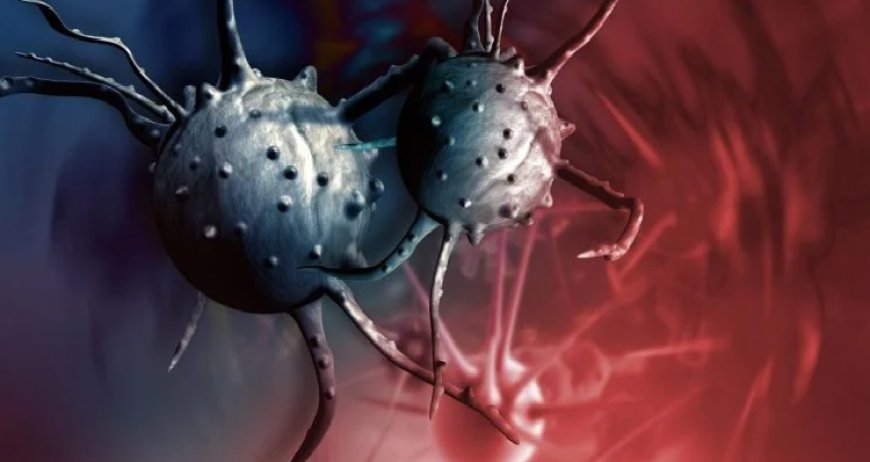Scientists identify key to stopping cancer recurrence

1.
Researchers at The Medical University of South Carolina (MUSC) Hollings Cancer Center have made a breakthrough disclosing why cancer sometimes returns after chemotherapy or radiotherapy.
These treatments aim to stress cancer cells into self-destruction but often fail long-term because cancer cells adapt, escape, and allow tumors to rebound.
Although PGCCs have been known since the invention of the microscope and observed in cancerous tissues, their role in cancer recurrence was unclear.
Recently, a team led by Christina Voelkel-Johnson, Ph.D., at Hollings Cancer Center, identified specific genes that prostate cancer cells manipulate to become PGCCs, protecting themselves from therapy stress.
The team also discovered that PGCCs can later regain their capacity for cell division, facilitating cancer recurrence. This research was published in the Journal of Biological Chemistry.
Unexpected Discoveries in Lab Experiments
Voelkel-Johnson and her team at MUSC Hollings Cancer Center made a key discovery while studying an inhibitor linked to durable cures after radiotherapy.
Initially, they thought combining radiation with the inhibitor killed cancer cells more effectively.
However, when short-term experiments showed no difference, extending the timeframe led to an unexpected observation that a giant abnormal-looking cells, initially deemed “doomed,” were found to generate small offspring over time.
These PGCCs, visually distinct from other cancer cells, could replicate their genetic material without dividing their cytoplasm, resulting in multi-nucleated, oversized cells.
The lab members realized that the inhibitor didn’t kill cancer cells better but prevented the PGCCs from producing offspring.
These funky-looking PGCCs were visually different from other cancer cells.
They were able to recreate their genetic information, increasing the number of nuclei.
However, the cytoplasm was not dividing, and so the cells grew monstrously, containing multiple nuclei instead of only one.
Genetic Insights and Therapeutic Implications
Voelkel-Johnson and her team identified cell-signaling pathways that cancer cells exploit to become PGCCs under therapy stress and then transition back to produce daughter cells.
A key protein, p21, which is normally induced by p53 to prevent DNA duplication in stressed cells, behaves differently in cancer cells lacking p53.
In these cells, p21 does not stop damaged DNA duplication, facilitating PGCC formation. Blocking p21 in stressed cancer cells prevented them from transforming into PGCCs and generating daughter cells responsible for tumor relapse.
The team’s findings suggest novel therapeutic targets to improve patient outcomes post-cancer therapy.
Although directly blocking p21 may not be feasible, drugs like tamoxifen and statins, which interfere with the identified pathways, could potentially reduce recurrence by blocking PGCCs from generating daughter cells.
Their research indicates that these drugs should be administered simultaneously with chemotherapy or radiotherapy to prevent PGCC formation.
Voelkel-Johnson plans further investigations into preventing PGCC-derived daughter cells and exploring combination treatments’ effects on recurrence rates across various cancers.
Reference: “Transcriptome analysis of polyploid giant cancer cells and their progeny reveals a functional role for p21 in polyploidization and depolyploidization” by Shai White-Gilbertson, Ping Lu, Ozge Saatci, Ozgur Sahin, Joe R. Delaney, Besim Ogretmen and Christina Voelkel-Johnson, 4 March 2024, Journal of Biological Chemistry. DOI: 10.1016/j.jbc.2024.107136
The study was funded by the National Cancer Institute, the National Institutes of Health, and the American Cancer Society.


















































